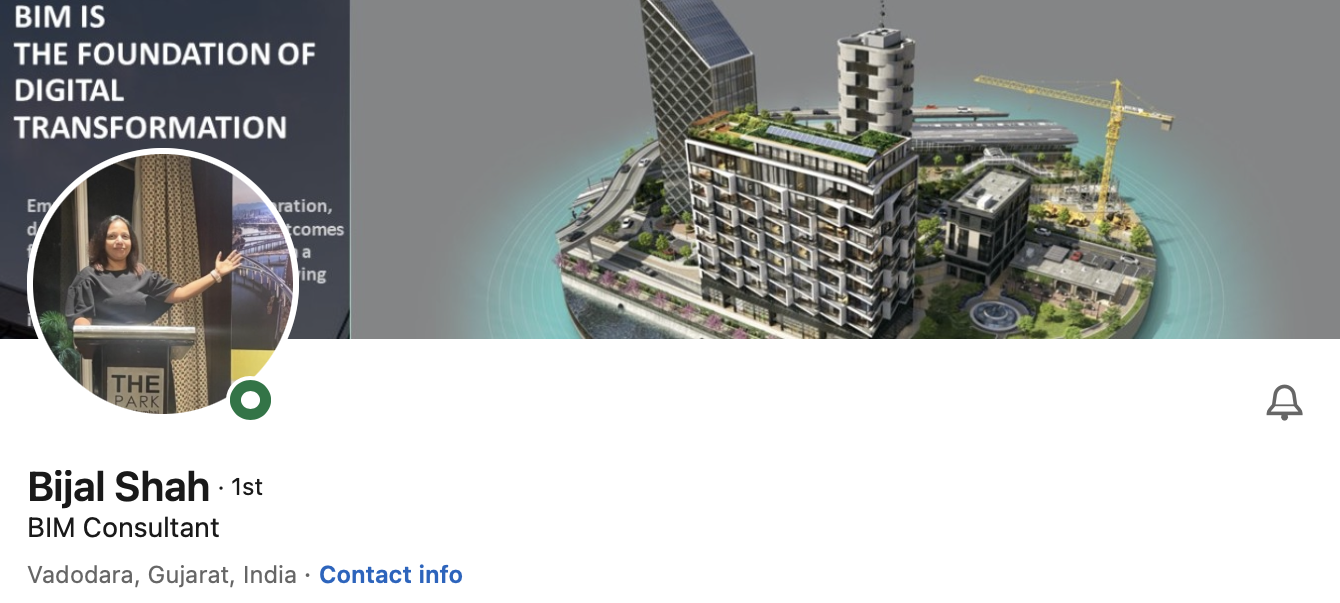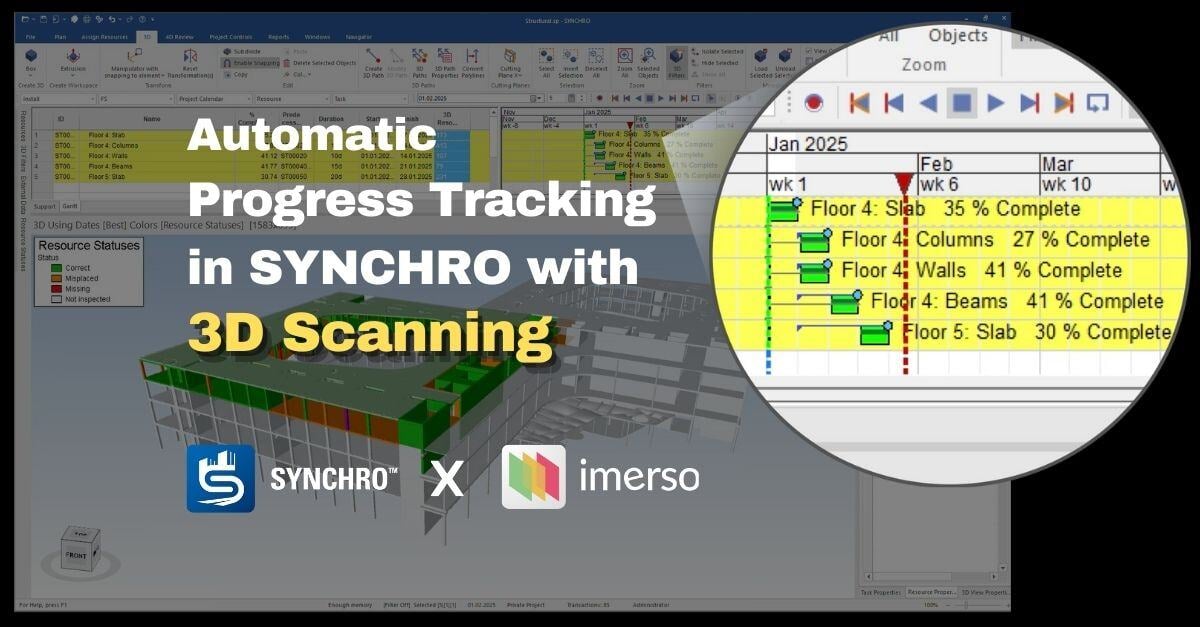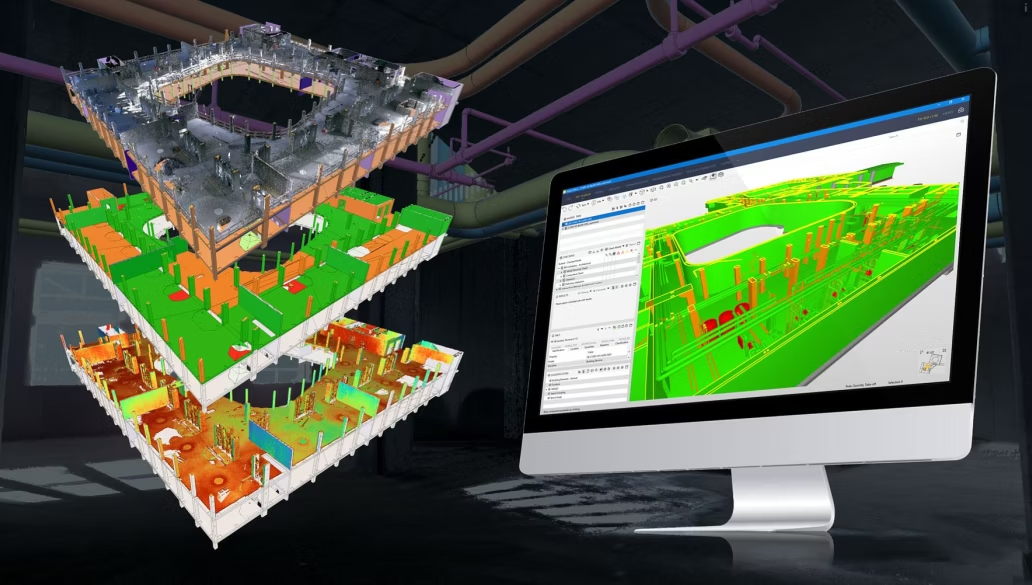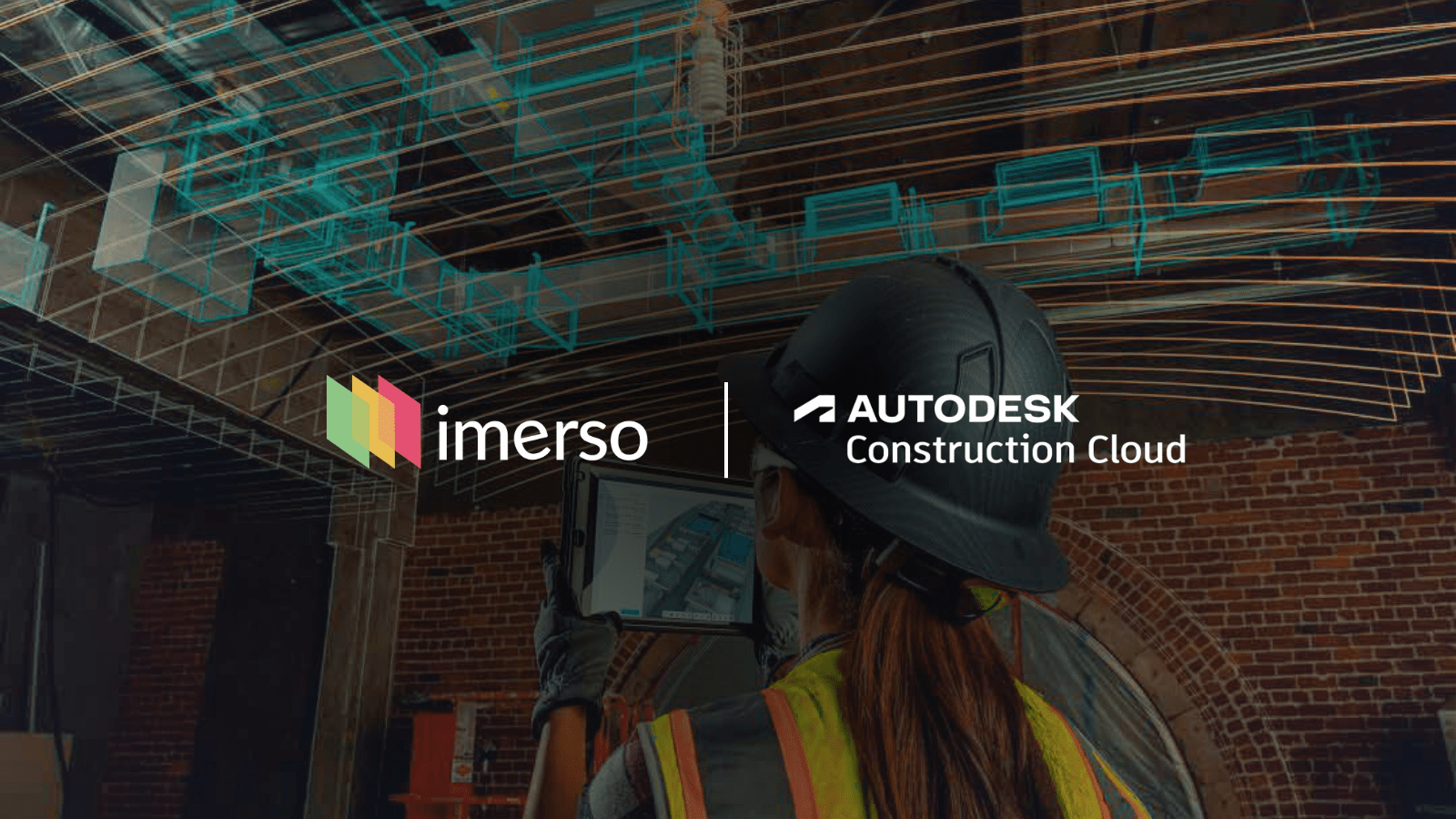Construction projects have witnessed substantial investments in cutting-edge technologies like Building Information Modeling (BIM). These advancements promise to revolutionise efficiency, collaboration, and project management. However, amidst these significant investments, an intriguing question arises: Why do construction projects frequently encounter obstacles that steer them away from their intended course? Let's find out.
Table of Contents
Doanh Do
|
“Most projects use the Design Bid Build (DBB) project delivery method where there is a contractual separation between the architect and the general contractor. Under the architects are the consultants and engineers. Under the GC are the specialty trades. Architects are generally paid by the hour while the GC and trades are paid a lump sum or GMP.
There are three problems that this creates:
1. Owners don’t pay nearly enough for design work because they can't value it. They set an amount to allocate for design and don’t have the context to make a trade-off decision between how much value they are getting versus what they are spending. As a result, drawings aren’t always constructible and there are a lot of RFIs that take place during construction. GCs try to mitigate this issue by using VDC but their VDC is more reactive than proactive.
2. The organisational structure makes it hard to get an RFI answered. Trades need to go through the GC, Architect, and then engineers to get their questions answered. When a construction project is started, the architect and engineer may have moved on to another project. So answering RFIs may not be their first priority.
3. Everyone manages their contracts. Their financials aren’t correlated to the success of the project. In some cases, people make more money at the detriment of the project and the owner.
Due to this structure, there is a hard limitation for what software and technology can do for the AEC industry. The broken structure creates an upper bound on what we can do. Currently the technology available is far more advanced than what the industry is able to use. The contractual system and how projects are organised create this limit.
For example, even if you create a great software for the design process and people agree that it’s valuable; you’ll have a hard time selling it because of how the industry is structured. Architects and engineering firms may not have the budget to purchase it even if it can benefit the project.
So creating more technology, creating better technology is NOT the solution. The solution is to understand that the system itself is BROKEN. The solution is to integrate and use Lean construction and integrated project delivery wherever we can.
It’s sad that we have so so much technology and innovation that we can use off the shelf. But the way projects are organised stops us from using them because we are not set up to collaborate, to communicate, and to work with each other. We are literally in our own way.” - Doanh Do.
Aarni Heiskanen
|
“So far, BIM has mainly been design-driven. The models serve designers, not quantity surveyors, building authorities, or contractors. As a result, we still use 2D drawings that are disconnected from the BIM process.” - Aarni Heiskanen.
Bijal Shah
|
“There are a number of reasons why construction projects fail to run as planned despite the use of BIM. One of the most common issues is that the project stakeholders don't have access to the BIM data they need to make informed decisions. Without this data, they are unable to make accurate decisions about the project, leading to delays and cost overruns.
Another issue is that the BIM tools and processes are often not used to their full potential. BIM tools are designed to help streamline the construction process, but many project stakeholders aren’t aware of all the features and capabilities the tools offer. As a result, they end up missing out on the potential benefits of using the BIM tools to their fullest extent.
Finally, there is the issue of the project stakeholders not working together as a team. BIM is designed to help coordinate the activities of the different stakeholders involved in the project, but if the stakeholders don't collaborate and communicate effectively, then the project is likely to suffer.
Ultimately, the failure of construction projects to run as planned despite the use of BIM is a complex issue. By addressing the issues of data availability, full utilisation of BIM tools, and effective collaboration among stakeholders, the construction industry can make better use of the investments it has made in BIM and improve the chances of successful project delivery.” - Bijal Shah.
Stjepan Mikulić

|
“I wouldn't blame it on BIM only. Usually, BIM is as smart as you can make it so. From what I've seen, there is either too little use of BIM (e.g., geometry-only) or too much use of it (e.g., everything should be automated, adding unnecessary data to the model, etc.).
In my opinion, every project needs its own BIM approach, and we should watch not to get too detailed with descriptions, and focus more on the model having practical data and use cases.
If we get better at standardising the basics, simplifying the rest, and utilising technology practically and fully, we have a great future ahead of BIM.” - Stjepan Mikulić.
Nathan Zelenock
|
“Here are the challenges that can prevent projects from running as planned with the big investments into BIM:
- Implementation challenges: Resistance to change, inadequate training, and the need for changes in workflows, collaboration practices, and technology adoption.
- Data quality and interoperability: Poor data quality and interoperability issues between different software platforms can lead to incomplete or inconsistent information exchange.
- Lack of standardised processes: The absence of industry-wide standards and varying levels of BIM maturity among project participants can result in consistency, communication, and difficulties in aligning workflows.
Overcoming these challenges is essential to fully realise the benefits of BIM and ensure that construction projects can effectively run as planned.” - Nathan Zelenock.
Stephanie Brown
|
“As in all technology, software is only as good as who uses it, and how well they know how to apply its features.
If we know buildings themselves have to have solid foundations, we must also understand that education is the foundation to most software being optimised. This means from construction executives to crews in the field, they must intrinsically understand the value these investments can support, and impact their individual contribution to the project. Whether the goal is to improve financial margins, or to ensure work crews that scheduling conflicts can quickly be resolved when sudden change orders are made. Educating stakeholders is the sure path to ensuring projects maintain their quality controls, while adapting to the inevitable interruptions that occur in everyday construction.
Until our industry is willing to invest in itself and as a whole, where technology is concerned, digital adoption will continue to be challenged by an already weakened job force. Systems such as Lean, Scrum, and Takt, are good examples of how long it takes for great leaders to make the long-term investments into the processes of the future, that along with the right technologies at the right time will change how structures are built in the future.
Digital twins in construction are an extended application of BIM. Early adopters of technology are already seeing ROI on their digital twins that are proving the day-to-day application of BIM’s capabilities.
At some point in the very near future these technologies will finally reach their point of critical mass, whereby construction professionals that aren’t open to riding these technology rockets will surely be left behind.” - Stephanie Brown.
Peggy Smedley
|
“Interoperability, labor, and cost are perhaps three of the most significant factors construction projects still struggle with BIM, despite growing investments. In addition:
- A lack of frictionless data to meet deadlines on time.
- Lack of skilled talent to readily adopt technology and resistance from older generations
- The cost of the technology is still prohibitive for many companies, especially small-to-medium companies.” - Peggy Smedley.
Conclusion
After seeking insights from industry professionals, it becomes clear that the challenges faced by construction projects, despite the substantial investments in BIM, are multi-faceted. While technology plays a crucial role, it’s the people and their understanding, education, and willingness to adapt that ultimately determine success.
It’s evident that technology alone isn’t the magic solution. To overcome the challenges, there needs to be a comprehensive approach that focuses on education, training, cultural change, and organisational support. Embracing technology and fostering a culture of continuous learning and innovation is crucial to prepare for the future of construction.
About Imerso
Imerso is a software platform that combines BIM, Reality Capture, and AI technologies to automate construction site supervision and quality inspections with one simple workflow. We help construction companies cut project risks and delay costs with real-time monitoring of site status and work quality. Learn more here>>.

.png?width=350&height=147&name=Imerso_Logo_A4_White_Transp%201%20(1).png)
.jpeg)

.png?width=1066&height=498&name=Screenshot%20(14).png)

.jpeg?width=900&height=471&name=Guide.001-min%20(1).jpeg)





